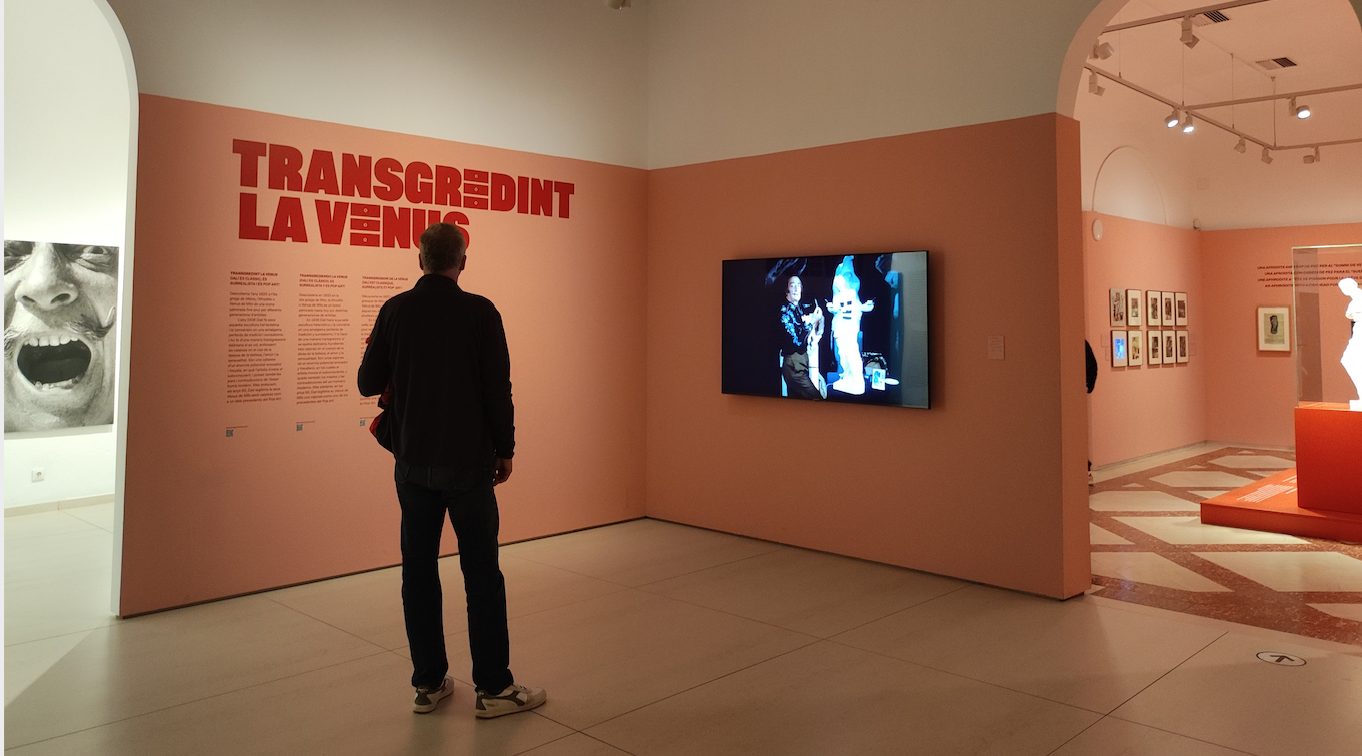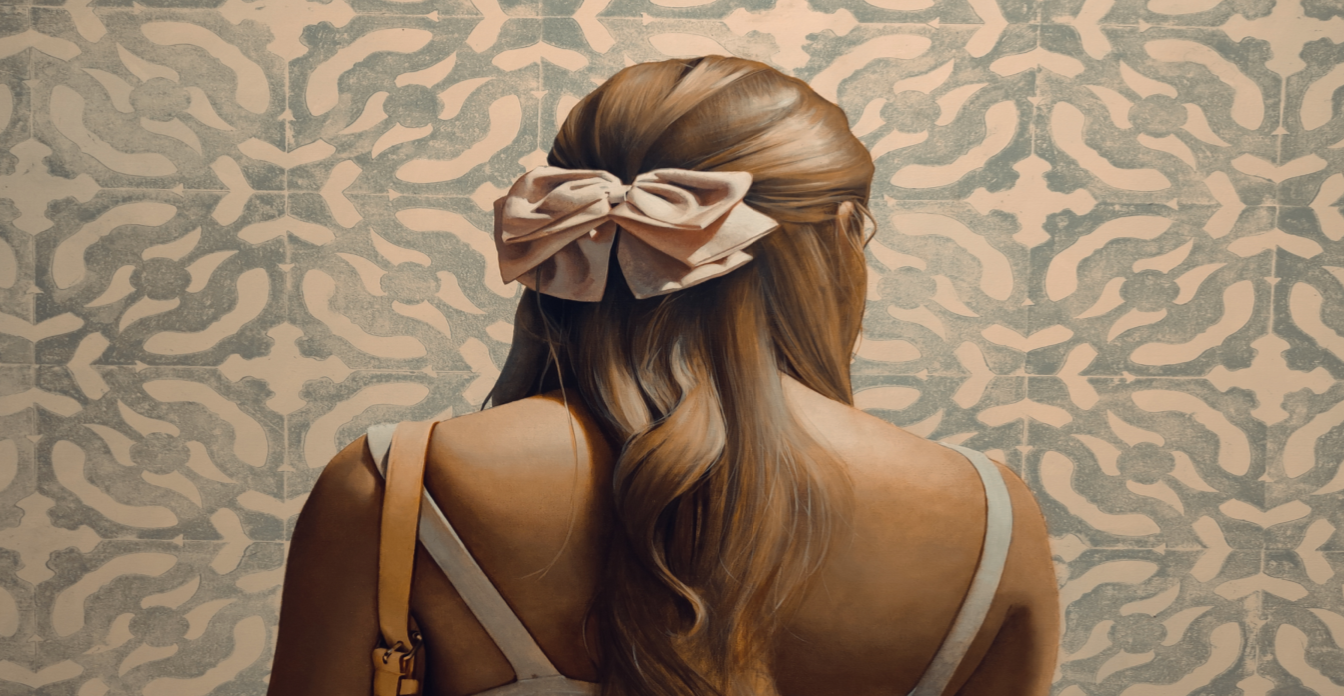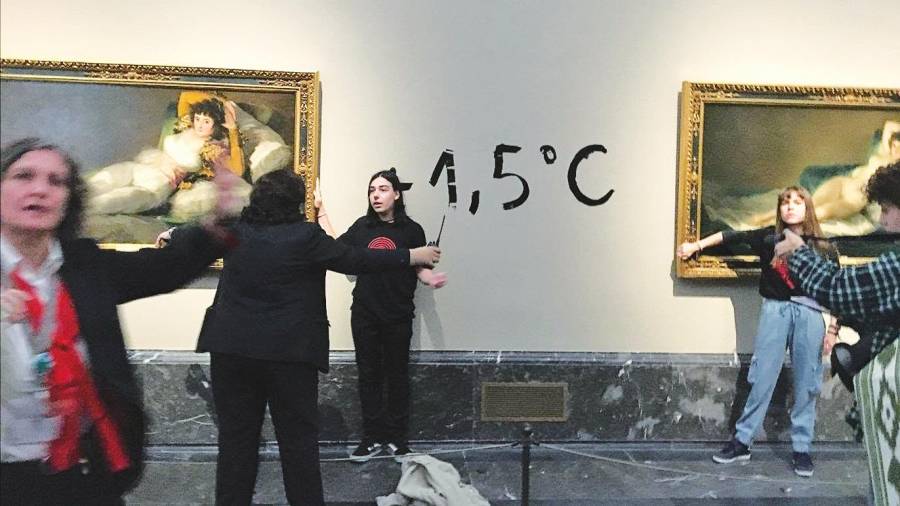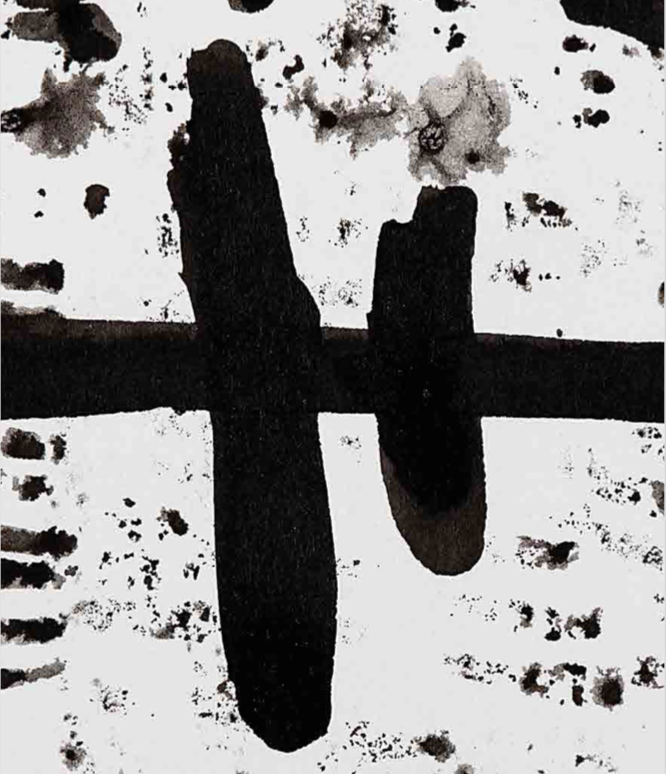Exhibitions
The Queen Sofia Museum explores the historical antecedents of documentary photography in "Documentary genealogies. Photography 1848-1917"
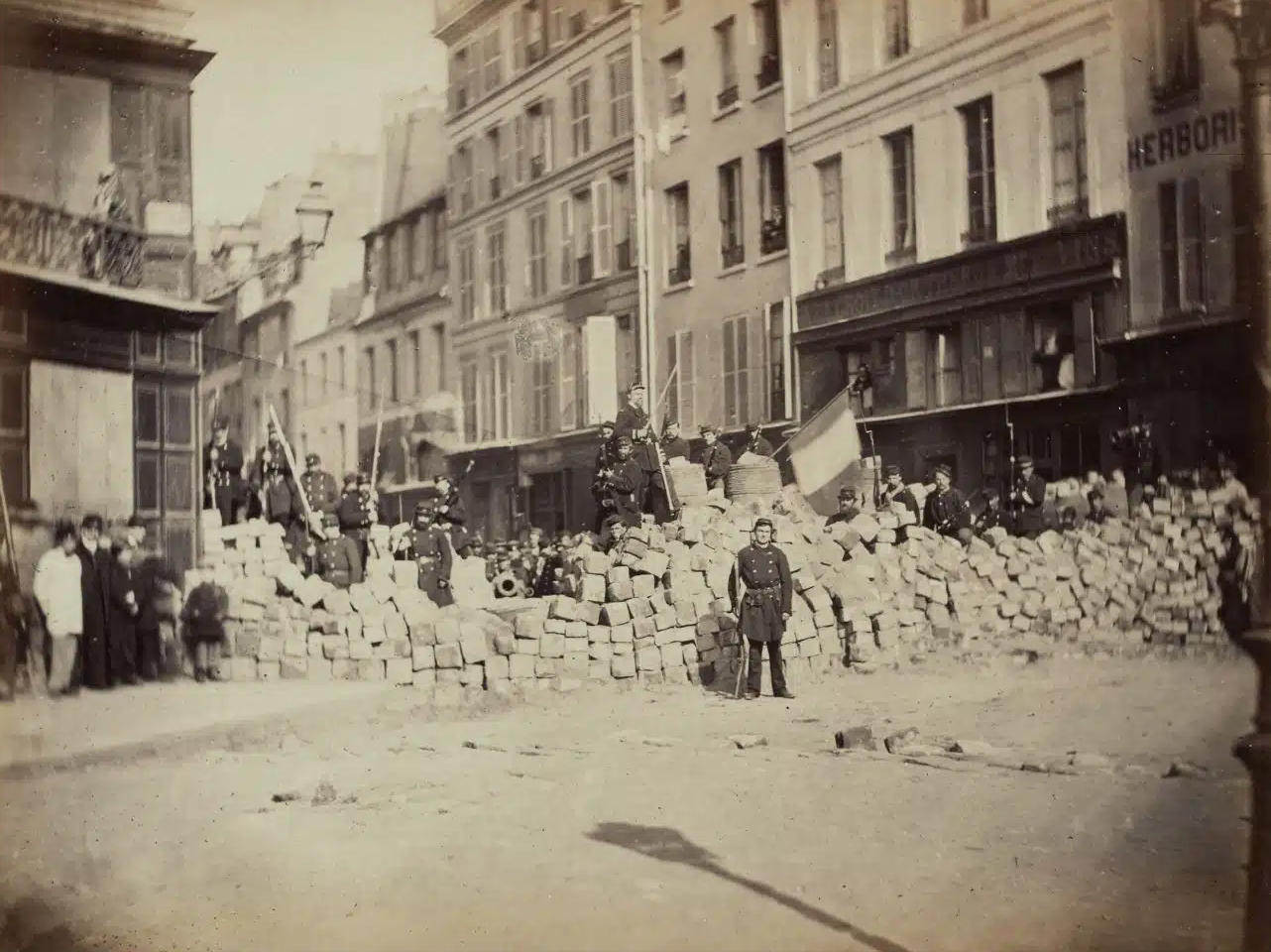
The Documentary Genealogies exhibition. Photography 1848-1917 at the Reina Sofia Museum explores, through seven rooms, the historical antecedents of documentary photography between the revolutions between 1848 and 1917. Even if the birth of the documentary as an artistic genre in its own right is a product of the decade from 1920, the curator of the exhibition, Jorge Ribalta, indicates that "in retrospect, it can be said that the documentary function is as old as photography itself".
In fact, throughout the 19th century, photography was used extensively by the bourgeoisie - and the history of photography has been heavily concerned with it - but it is also true that it led to a vast field of photographic images with an early vocation reporting or documentation. Documentary genealogies. Photography 1848-1917 starts from Walter Benjamin's reflection, pointed out in his essay The work of art in the age of its technical reproducibility (1936), on the parallel emergence of photography and socialism. This suggests that the ideas and iconographies used to represent the daily life of the working class—which in the 1920s would constitute the documentary genre, a specific form of photographic and cinematographic poetics—were already latent or active in the visual culture of the 1840s. The seminal figure of the bootshine in Boulevard du Temple [Bulevar del Temple, 1838], one of Louis Daguerre's first plates, can be understood as the first appearance of the image of the worker in photography: the trigger of the historical account around class relations and their conflicts, axis of the documentary discourse that will emerge later.
This exhibition brings together more than 500 works - among all kinds of photos, albums, publications and daguerreotypes - with themes related, among other aspects, to the proletarian classes, the urban reforms of the time, popular revolts or social denunciation projects arising during the period covered by the exhibition. Documentary genealogies. Photography 1848-1917 is presented as a cartography of practices related to the emergence and evolution of representations of subaltern identities – workers, servants, proletarians, beggars, dispossessed – from the emergence of photography to the turn of the century (more specifically, between the revolutions of 1848 and the Russian Revolution of 1917), and within the framework that the historian André Rouillé calls "the empire of photography": the irruption of a new visual regime that became instrument for the system of bourgeois, industrial and colonial culture in the second half of the 19th century.
These figures of subalternity can also be understood as metaphors for the famous and early condemnation with which Charles Baudelaire relegated photography to a subordinate position: the "servant of the arts". The democratic promise of the photographic image remained for a long time unfulfilled, as it remained for almost a century as an instrument in the hands of bourgeois culture and its means of representation. For this reason, the portraits of the popular classes and the subalterns were an accidental or marginal irruption, an involuntary presence within frames whose intention was different.





